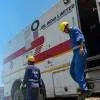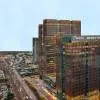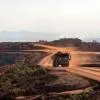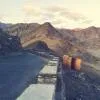
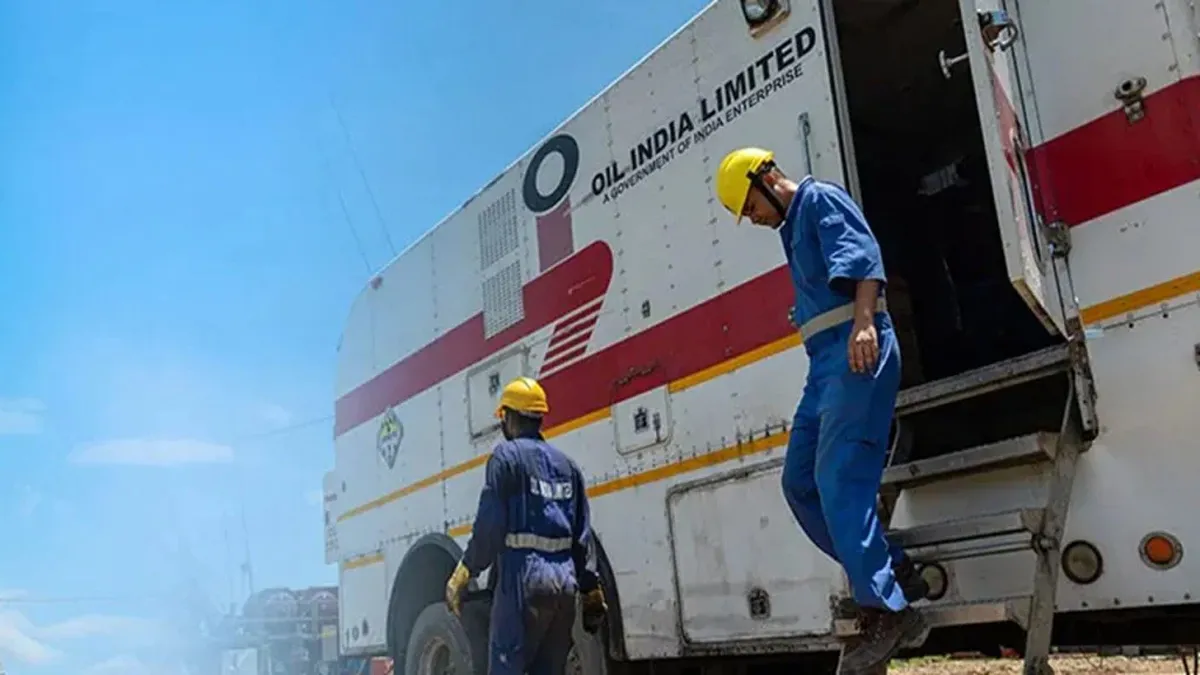
MGL, Oil India Ink Pact To Boost LNG And Clean Energy Projects
Mahanagar Gas Limited (MGL), one of India’s leading City Gas Distribution companies, and Oil India Limited (OIL), a Maharatna public sector enterprise with integrated operations across the oil and gas value chain, have signed a Memorandum of Understanding (MoU) on 6 October 2025.The agreement was signed by MGL’s Vice President (BD, BIS, Commercial & STU) and OIL’s Executive Director (BD), in the presence of MGL’s Managing Director, along with OIL’s Director (Operations) and Director (HR).MGL, which has successfully entered the LNG value chain, currently operates LNG retail statio..
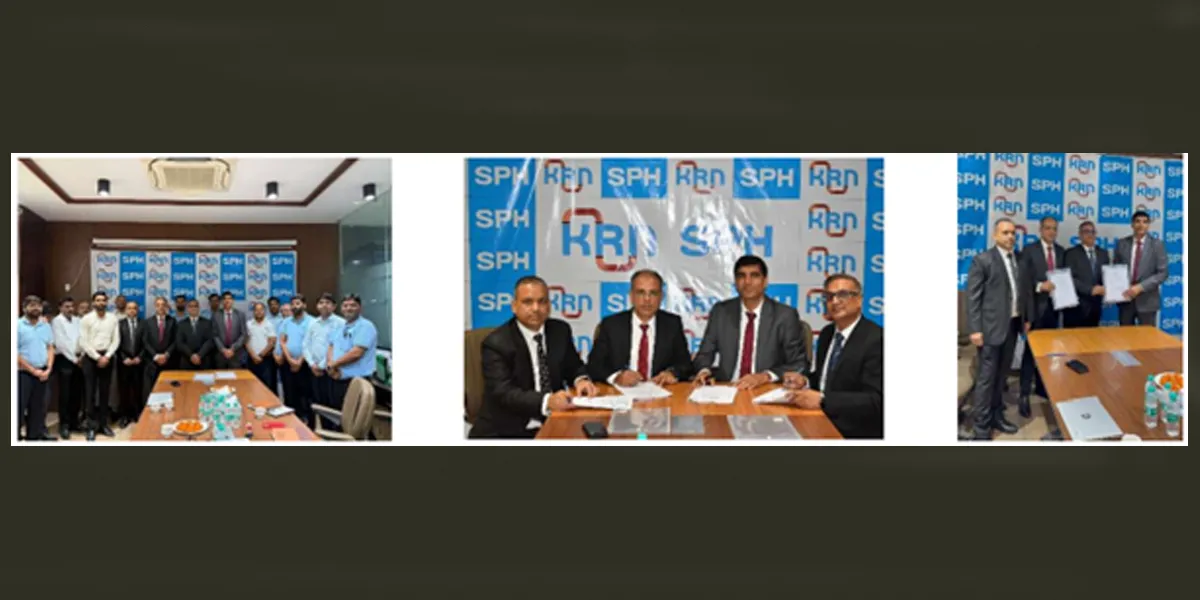
KRN Acquires Bus AC Unit Of Sphere Refrigeration Systems
KRN Heat Exchanger and Refrigeration Limited, a leading manufacturer and exporter of aluminium and copper fins, copper tube heat exchangers, water coils, and condenser and evaporator coils, has announced a major step in its expansion journey.Its wholly owned subsidiary, KRN HVAC Products Private Limited, has signed a Business Transfer Agreement (BTA) with Sphere Refrigeration Systems Private Limited (SRSPL) to acquire its Bus Air-Conditioning division.Under the agreement, KRN HVAC will assume control of all operations, assets, and employees associated with SRSPL’s Bus Air-Conditioning busine..
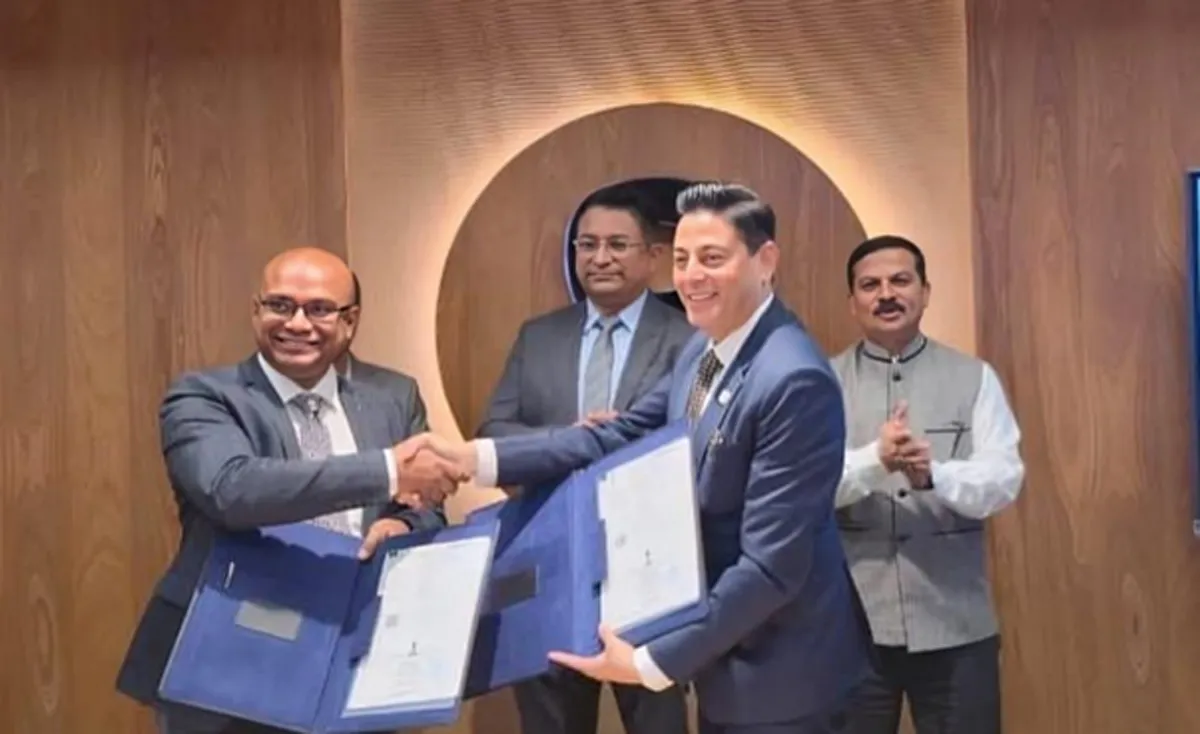
Oil India, MGL Join Hands To Explore Clean Energy Ventures
Oil India Limited (OIL), a Maharatna public sector enterprise with integrated operations across the oil and gas value chain, has signed a Memorandum of Understanding (MoU) with Mahanagar Gas Limited (MGL), one of India’s leading City Gas Distribution companies. The agreement was formalised on 6 October 2025 by senior executives from both organisations, in the presence of OIL’s Director (Operations) and Director (HR) and MGL’s Managing Director.OIL is currently pursuing an extensive hydrocarbon exploration and development programme, with plans to substantially increase gas production and ..




